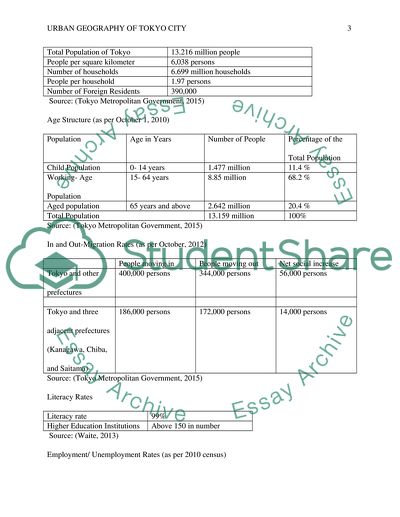Cite this document
(“Urban Geography of Tokyo City Essay Example | Topics and Well Written Essays - 1000 words”, n.d.)
Urban Geography of Tokyo City Essay Example | Topics and Well Written Essays - 1000 words. Retrieved from https://studentshare.org/geography/1701901-urban-geography-of-tokyo-city
Urban Geography of Tokyo City Essay Example | Topics and Well Written Essays - 1000 words. Retrieved from https://studentshare.org/geography/1701901-urban-geography-of-tokyo-city
(Urban Geography of Tokyo City Essay Example | Topics and Well Written Essays - 1000 Words)
Urban Geography of Tokyo City Essay Example | Topics and Well Written Essays - 1000 Words. https://studentshare.org/geography/1701901-urban-geography-of-tokyo-city.
Urban Geography of Tokyo City Essay Example | Topics and Well Written Essays - 1000 Words. https://studentshare.org/geography/1701901-urban-geography-of-tokyo-city.
“Urban Geography of Tokyo City Essay Example | Topics and Well Written Essays - 1000 Words”, n.d. https://studentshare.org/geography/1701901-urban-geography-of-tokyo-city.


